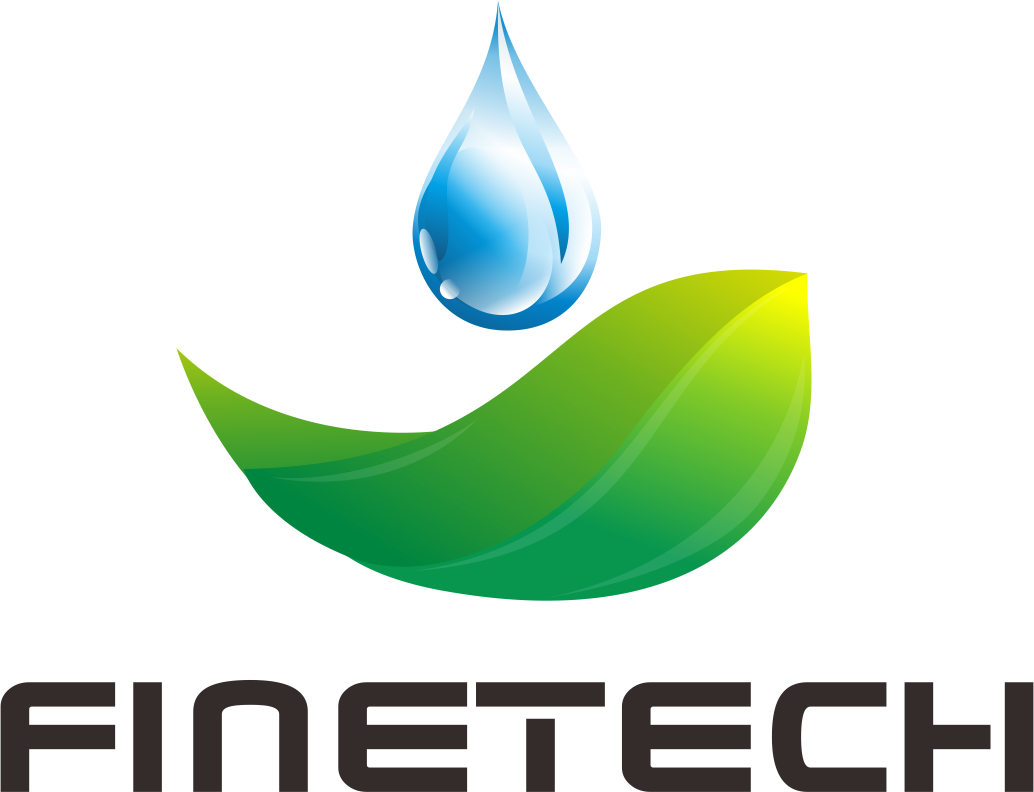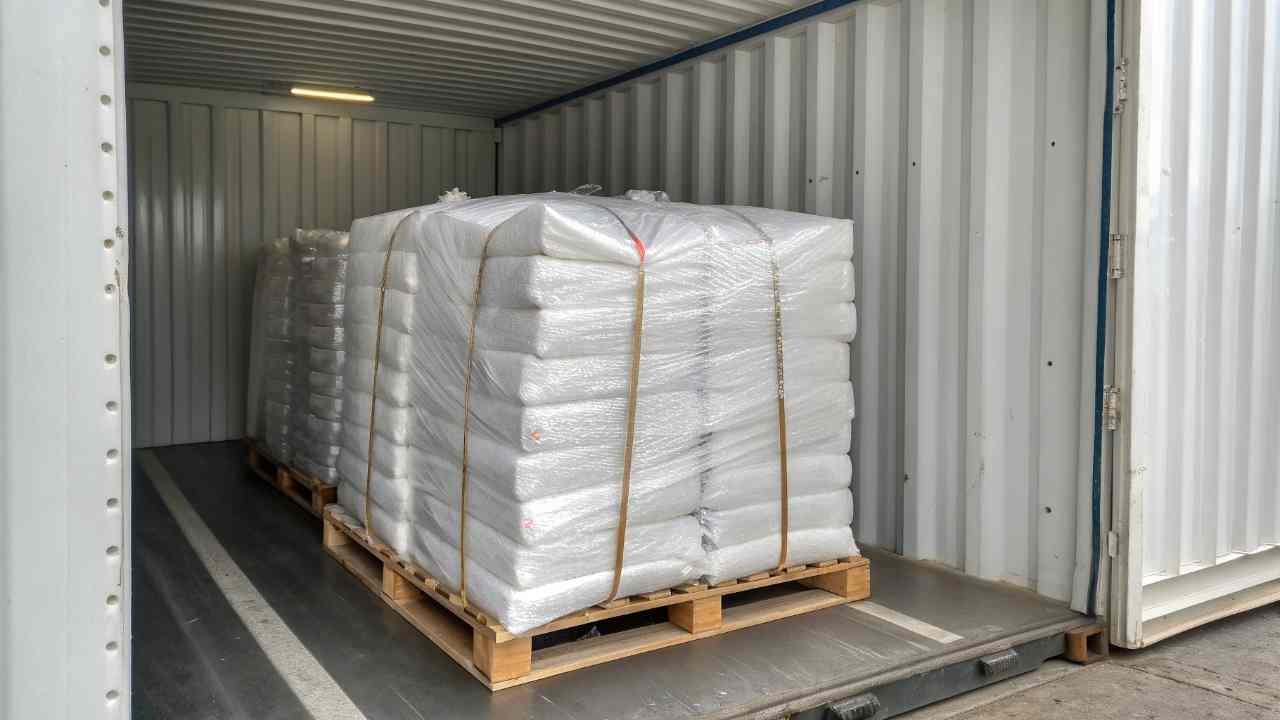L-Threonine Feed Grade: Efficacy and Safety in Animal Feed
L-Threonine Feed Grade is an essential amino acid widely used in animal nutrition to enhance growth, improve feed efficiency, and promote overall health. This article explores the efficacy and safety of L-Threonine in animal feed, providing valuable insights for consumers and industry professionals.

Functions and Benefits of L-Threonine in Animal Feed
- Growth and Development:
– Protein Synthesis: L-Threonine is crucial for protein synthesis in animals. It supports muscle development and overall growth, ensuring that animals reach their genetic potential.
– Tissue Maintenance: It plays a vital role in maintaining the structural integrity of tissues, particularly the gastrointestinal tract, which is essential for nutrient absorption and overall health.
- Immune System Support:
– Enhanced Immunity: L-Threonine contributes to the production of immunoglobulins and other components of the immune system. This enhances the animal’s ability to fight off infections and reduces the incidence of diseases.
- Feed Efficiency:
– Improved Nutrient Utilization: By optimizing protein balance in the diet, L-Threonine helps improve feed conversion ratios. This means animals can convert feed into body mass more efficiently, leading to cost savings for producers.
– Reduced Nitrogen Excretion: Efficient use of amino acids reduces the amount of nitrogen excreted in manure, which is beneficial for environmental sustainability.
- Other Benefits:
– Stress Reduction: L-Threonine helps mitigate the adverse effects of stress, improving the well-being of animals during transport, handling, and environmental changes.
– Bone Health: It plays a role in the formation of collagen and elastin, which are important for bone and connective tissue health.
Safety of L-Threonine in Animal Feed
- Regulatory Approval:
– Global Standards: L-Threonine Feed Grade is approved for use in animal feed by regulatory bodies worldwide, including the U.S. Food and Drug Administration (FDA), the European Food Safety Authority (EFSA), and other international health authorities. These approvals ensure that it meets stringent safety and quality standards.
- Dosage and Administration:
– Recommended Levels: It is important to adhere to recommended dosage levels based on the specific needs of different animal species. Over-supplementation can lead to imbalances in amino acid profiles, while under-supplementation can fail to meet the animals’ nutritional needs.
– Formulation Considerations: Proper formulation and blending with other feed components are crucial to ensure that L-Threonine is effectively utilized by the animals.
- Toxicity and Side Effects:
– Low Toxicity: L-Threonine has a low toxicity profile when used within recommended guidelines. It is metabolized and utilized efficiently by animals, minimizing the risk of adverse effects.
– No Residue Concerns: There are no concerns about residues in animal products such as meat, milk, or eggs, making it safe for human consumption.
- Long-Term Use:
– Sustained Benefits: Long-term use of L-Threonine in animal feed has been shown to consistently provide benefits in terms of growth, health, and feed efficiency without compromising safety.
– Environmental Impact: By improving feed efficiency and reducing nitrogen excretion, L-Threonine contributes to more sustainable animal production practices.
Conclusion
L-Threonine Feed Grade is a valuable component in animal nutrition, offering significant benefits in growth, feed efficiency, and overall health. Its safety profile is well-established, supported by global regulatory approvals and extensive research. Understanding its functions and safety ensures its effective and responsible use in enhancing animal production and health.



